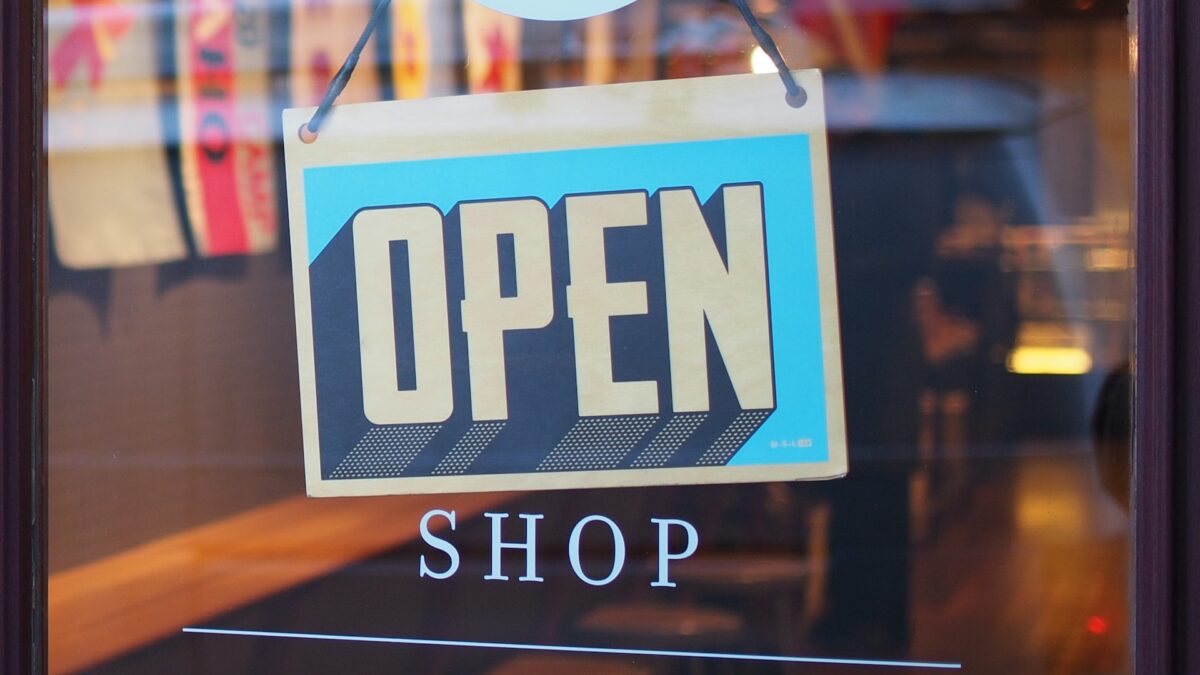
Building rapport through questioning and active listening
October 13, 2022
Understanding change
December 8, 2022Customer experience is an important aspect of any business and can give you that competitive edge in a crowded market, but how important is building rapport with your customers?
Research by HubSpot has shown that 93% of customers are more likely to make repeat purchases with companies who offer excellent customer service.
We know people like to deal with people, so humanising your contact with customers, whether they are doing a simple transaction or making a complaint, can have a real impact on their impression of your organisation.
When contemplating how to make a personal impact within a customer service environment, consider these three simple steps, which apply to face-to-face and contact centre environments:
Empathy
Building rapport to make sure you are on the same wavelength [Building rapport through questioning and active listening] as your customer, is vital for a successful relationship.
Using techniques such as active listening, asking questions, open body language and affirming verbal cues (especially important on the phone) to prompt conversation will help in customer-facing situations.
Ownership
No-one likes to be passed from pillar to post and having to repeat themselves. Give your name and a direct way to contact you if you are the dedicated account manager, or alternative contact details if you won’t be dealing with the issue. According to research by Salesforce, customers expect connected journeys, and 76% of customers expect consistent interactions across departments.
Using assertive language such as ‘I will’, rather than ‘hopefully’ ‘perhaps’ or ‘maybe’, will build confidence in you customer. Read our blog on how to make a great first impression to get more tips [Making a good first impression – tips for building rapport].
Action
Do what you say you’re going to do and get back to them when promised. If a customer asks you a question and you don’t know the answer, don’t blag! Say you’ll go away and come back to them.
It’s always best to under-promise and over-deliver, so it appears you’ve gone over and above. Manage people’s expectations. For example, if you know you’ll get an answer by 12pm, say 2pm to the customer. That way, if you come back at midday, they will think you’ve over delivered on your promise to them. But if you don’t have the answer in time, make sure to get back in touch so the customer doesn’t feel left in the dark. An update to say there’s no update, is better than no update at all! It’s a simple technique but will make you stand out.
Cube Learning and Development delivers tailor-made training and development programmes for your teams along with personal coaching to help with effective communication and presentation. For a no-obligation chat about this and our other training, call Chris Burton on 07879 602002.



